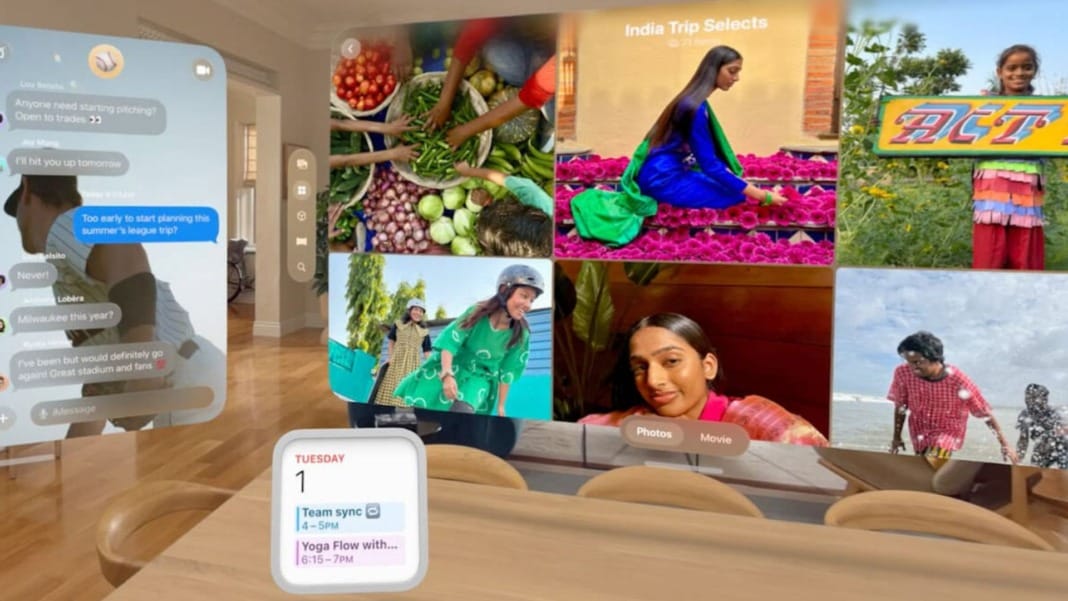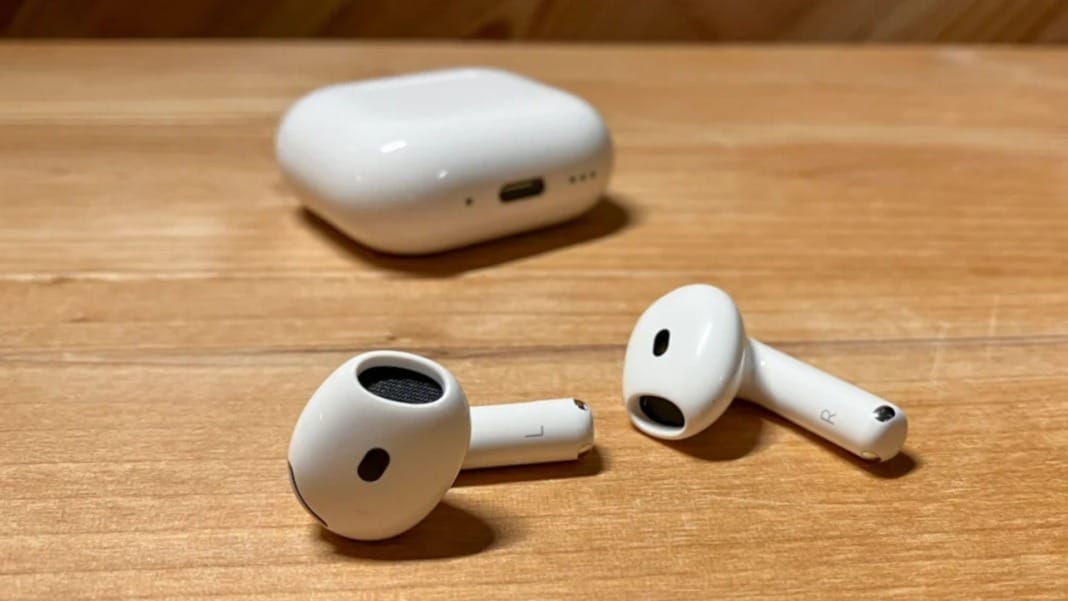If you’re using Apple’s Vision Pro headset, there’s some exciting news from this year’s WWDC. Apple has revealed visionOS 26, the latest update to its spatial computing platform. This version, with a mix of new features and updates, makes the experience of using Vision Pro more personal, useful, and interactive.
The update introduces floating spatial widgets, enhanced avatars, and support for multiple users – all designed to make your virtual environment feel more natural and lifelike. Whether you use the headset at home or for work, visionOS 26 offers a more engaging way to use your digital space.
Float your widgets in the real world
One of the standout features in visionOS 26 is spatial widgets. These aren’t just icons on a screen anymore – they now “float” in your room like small digital sticky notes. You can have a timer hovering near your stove, a music controller beside your chair, or a photo frame above your desk. It’s an easy and fun way to make your apps more useful.
Apple has also added a new app that helps you find widgets from your existing iPhone and iPad apps. This makes your Vision Pro feel more connected to the Apple devices you already use and breaks down some limits between them.
Avatars now feel more human
Apple has improved its 3D avatars – Personas – in visionOS 26. These digital versions of yourself now show more detailed facial features, including better eye and hairline rendering. You’ll even look more realistic from the side, making the avatar feel less like a video game character and more like a real person.
The setup process for creating your Persona is smoother, too, and it’s clear Apple wants users to feel comfortable showing up in virtual meetings or video chats. While the idea of a lifelike digital version of yourself may sound creepy, it also means clearer, more personal communication in virtual spaces.
Shared spaces and better tools for developers
Another big change in Visionos 26 is support for shared spatial experiences. Now, if you and someone else are in the same room with Vision Pro headsets, you can watch a film together, play co-op games, or collaborate on projects in a mixed-reality space. While this might not be a must-have for casual users just yet (especially with the high price of the device), it could be useful for workplaces, especially in fields like medicine or research.
Photos are also getting a new look. A feature called Spatial Scenes uses AI to turn regular 2D photos into immersive, multi-angle images. At home, it may feel a bit like a party trick, but apps like Zillow are already using it to create more lifelike virtual house tours.
Gamers will also be pleased to know that PlayStation VR2 Sense controllers are now supported. These controllers bring accurate motion tracking and rich haptic feedback, opening new possibilities for gameplay. Developers, in general, have more tools too. Web pages can now show 3D models, Safari has a spatial reading mode, and content from action cameras like GoPro can now be viewed in 360-degree or wide-angle formats.
Smaller features add convenience: you can now scroll with your eyes, unlock your Vision Pro using your iPhone, and move phone calls from your mobile to your headset. If you’re sharing your Vision Pro in an office or with family, visionOS 26 makes it easier with new multi-user tools, allowing preferences to be saved and switched quickly through your iPhone.





